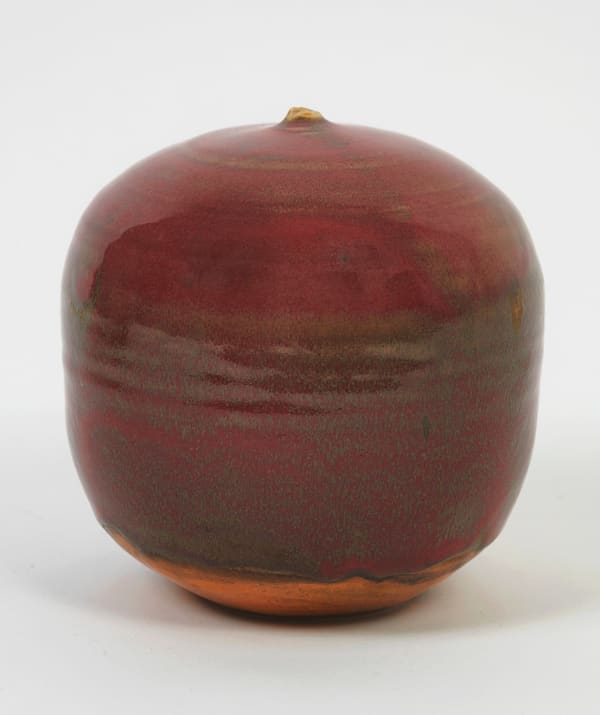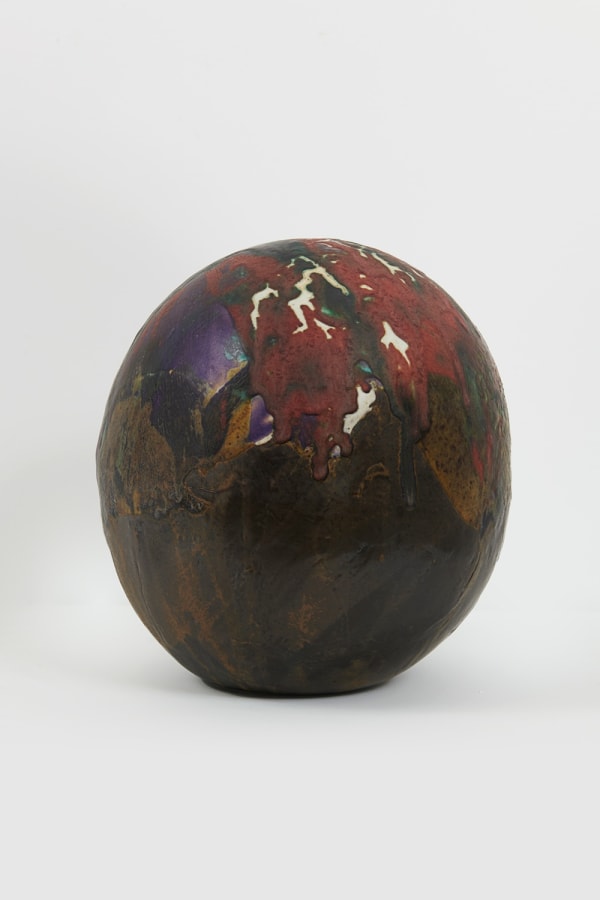-
For the 2023 edition of FOG Design + Art, James Cohan will present a selection of new and important work by Yun-Fei Ji, Lee Mullican, Christopher Myers, Jordan Nassar, Eamon Ore-Giron, Elias Sime, and Toshiko Takaezu. The fair is open to the public from January 19th through the 22nd, with an opening preview gala on January 18th.
View a selection of works from our booth ahead of the fair below.
-
LEE MULLICAN
-
Lee Mullican’s 1980s paintings represented a striking evolution in his visual language yet remain grounded in the natural world. In these works, the rich, elemental tones of his earlier work gave way to a pared-down palette of black and white, stippled with fine lines of vibrant primary color.
-
Dense striations of paint are loosened and layered over organic forms that suggest dissected flower petals.
-
Yun-Fei Ji
-
For more than two decades, Yun-Fei Ji has employed the flattened space of classical Chinese painting to tell contemporary stories that, while geographically specific, speak to collective human experiences. The artist has an enduring interest in issues of migration and labor, both in the US and China. Each composition is an act of resistance, and a recognition of the resilience of those who have been uprooted in the name of progress. Ji insists that these narratives of displacement and environmental destruction are worth preserving.
-
Ji paints landscapes and interior spaces marked by human presence, often absent of figures themselves. These spaces are makeshift or in transition, suggesting the migration and displacement of the individuals who live in them. When people do appear in these compositions, it is obliquely–their backs to us, depicted in profile, and rarely gazing directly at the viewer.
-

-
Jordan Nassar
-
In his newest embroidery, Jordan Nassar connects multiple richly patterned panels and interspersed landscapes to create a complete image. Nassar brings into play both the interior and exterior in this collaborative work, creating fictive spaces upon which our imaginations can be projected. Color is the building block for his own hand-embroidered rolling hills, in addition to those of his long-time collaborators; craftswomen living and working in Bethlehem, Ramallah, and Hebron in the West Bank.
-

-
Eamon Ore-Giron
-
In his series Infinite Regress (2015–ongoing), Eamon Ore-Giron’s totemic visual language is subject to an ongoing process of reformulation. In philosophy, infinite regress is a sequence of reasoning which never ends, a paradox of limitless regeneration that disproves the concept of fixed knowledge—in connecting one element to another, a third one is generated and so on, endlessly.
-
Toshiko Takaezu
-
American master ceramicist Toshiko Takaezu (b. 1922, Pepeekeo, Hawaii - d. 2011, Honolulu, Hawaii) is known for her signature closed forms, inspired by Abstract Expressionism and the traditions of East Asia, including ink painting and the Japanese tea ceremony. She fused these aesthetic influences in her experimental approach to gestural application of glazes, treating the vessel as a canvas in the round.
-
-

-
Christopher Myers
-
Throughout popular visual culture, Christopher Myers sees images of Black women in mourning serve as the ghost or palimpsest of the image of Black bodies in pain or dead Back bodies. Be it Emmett Till’s mother, Coretta Scott King with tears pulling down her cheek, or the Mothers of the Movement, Black women have come to serve as some sort of continual American Pieta.
-

-
Selected Works
-
 YUN-FEI JI, The Front Yard, 2022
YUN-FEI JI, The Front Yard, 2022 -
 YUN-FEI JI, Everything Moved Outside, 2022
YUN-FEI JI, Everything Moved Outside, 2022 -
 YUN-FEI JI, Going Home in High Spirits, 2022
YUN-FEI JI, Going Home in High Spirits, 2022 -
 YUN-FEI JI, Early Spring Bloom, 2020, 2022
YUN-FEI JI, Early Spring Bloom, 2020, 2022
-
 LEE MULLICAN, Untitled, c. 1980-81
LEE MULLICAN, Untitled, c. 1980-81 -
 LEE MULLICAN, Untitled, c. 1980-81
LEE MULLICAN, Untitled, c. 1980-81 -
 LEE MULLICAN, Untitled, c. 1980-81
LEE MULLICAN, Untitled, c. 1980-81 -
 LEE MULLICAN, Untitled, c. 1980-81
LEE MULLICAN, Untitled, c. 1980-81
-
FOG Design + Art
Past viewing_room




























